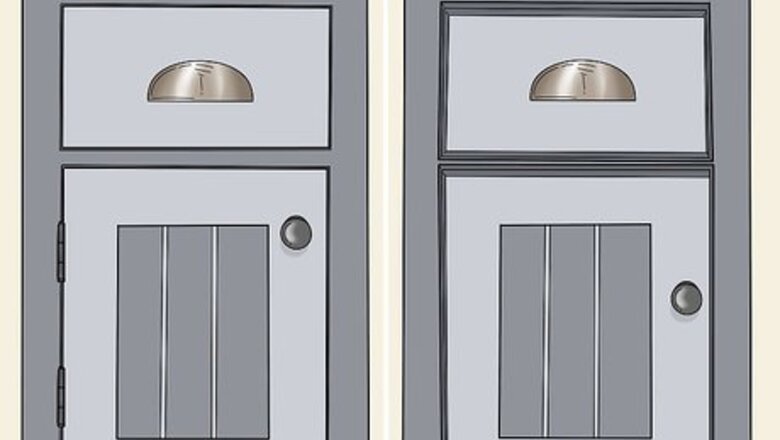
views
Examining the Door
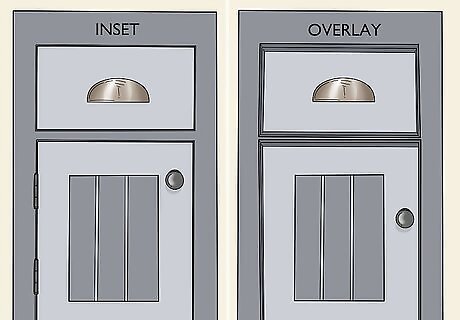
Check to see if you have overlay or inset cabinets. Take a closer look at the top of your cabinet doors to see what style they are. See if your doors fit exactly into the space carved out for your cabinet doors—if this is the case, then they’re inset. If your cabinet doors cover the cabinet space instead of fitting into it, then they’re overlay. While there isn’t a monumental difference between these two styles, your hinges might be positioned a bit differently depending on the type of cabinet you have.
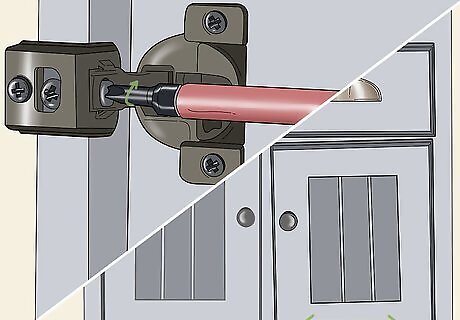
Use a screwdriver to straighten out any crooked doors. Take a step back and look at your cabinet or cupboard doors to see if they’re straight. If one or both of the cabinet doors isn’t aligned, use a Phillips screwdriver to tighten the screws and make the doors parallel to one another. If the cabinet doors still aren’t lined up, consider unscrewing and reattaching them. If the doors aren’t properly aligned, then they won’t close correctly. This will make it difficult to adjust the hinge settings later on.
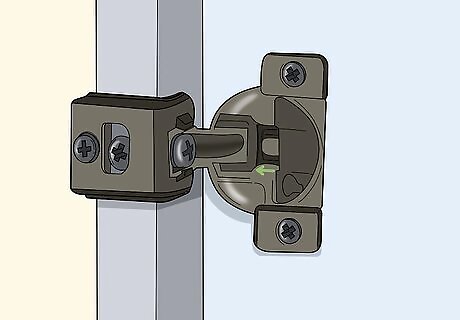
Close the hinged door all of the way. Shut the door so that the inner cabinet or cupboard is completely concealed. Take a moment to focus on the soft close hinge and find the adjustment tab. Look for gray or silver plunger in the center of the hinge. To confirm that it’s the adjustment tab, try pulling on it with the tip of your finger. Depending on the model of your hinge, this tab might look a little different. For instance, some hinges sport a movable adjustment lever instead.
Modifying the Hinge
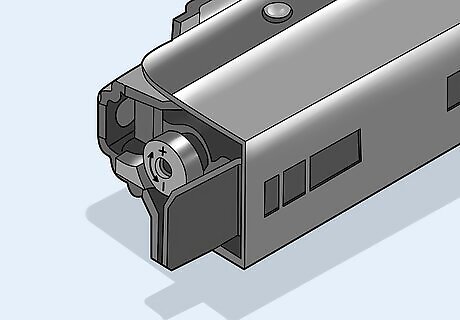
Set the adjustment hinge to a lighter setting if you have smaller cabinet doors. Push the adjustment lever or tab in so that it stays retracted. If you have a lever mechanism, make sure that it’s facing the side wall of the cabinet. In the case of an adjustment tab, make sure that the mechanism is pushed in all the way. If your hinge model has an adjustment tab, there should be a large gap between the tab and the hinge itself. This gap should be at least 0.5 centimetres (0.20 in) wide.
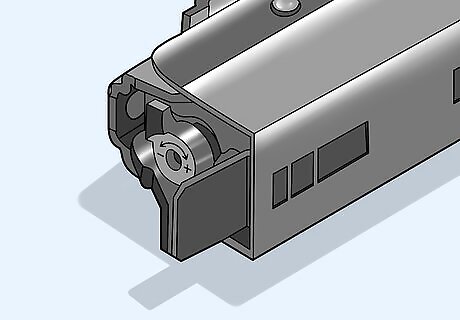
Opt for a medium hinge setting if you’re adjusting a regular cabinet door. Turn the adjustment lever clockwise so that it faces the cabinet ceiling. If your hinge has an adjustment tab instead, use your fingers to pull the tab forward a moderate amount. Aim for there to be a 10 millimetres (0.39 in) gap between the tab and the actual hinge. The vast majority of hinged doors will be using this setting. Note that this is the factory setting for most cabinets with adjustment levers.
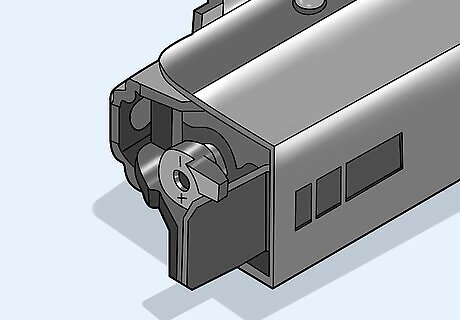
Adjust bigger doors so that they have the strongest hinge setting. Rotate the adjustment lever clockwise by 90 degrees until it’s facing the inside of the cabinet. In the case of other hinge models, use your fingers to pull the adjustment tab as far as it can go. At this point, check to see that there are only 5 millimetres (0.20 in) separating the end of the tab of the edge of the clasping mechanism on the hinge.
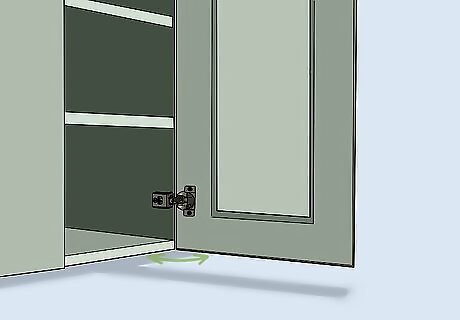
Open and close the cabinet doors to test them out. Test out each cabinet door to make sure that the soft close hinges are at the proper setting. If the door closes too quickly, try tightening the adjustment mechanism so that the hinge carries more weight. Tinker with each cabinet door until you’re content with the hinge settings.
















Comments
0 comment